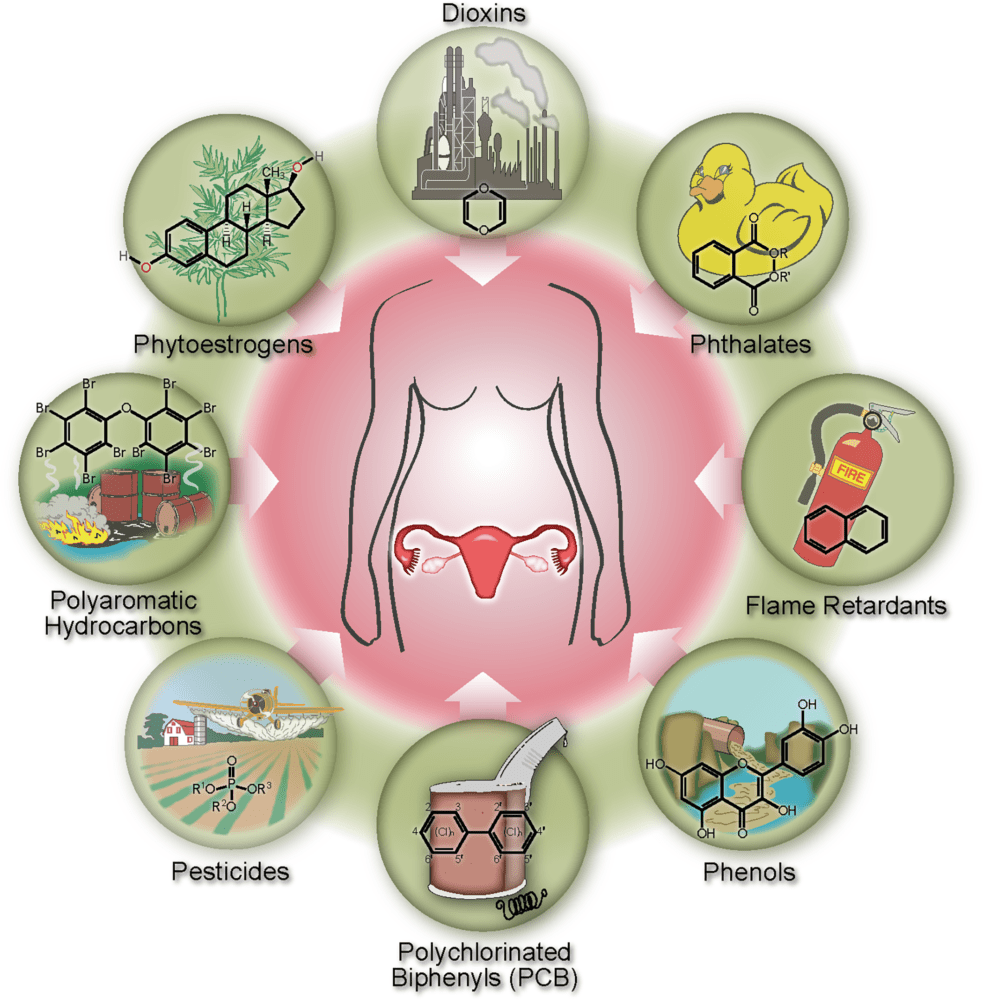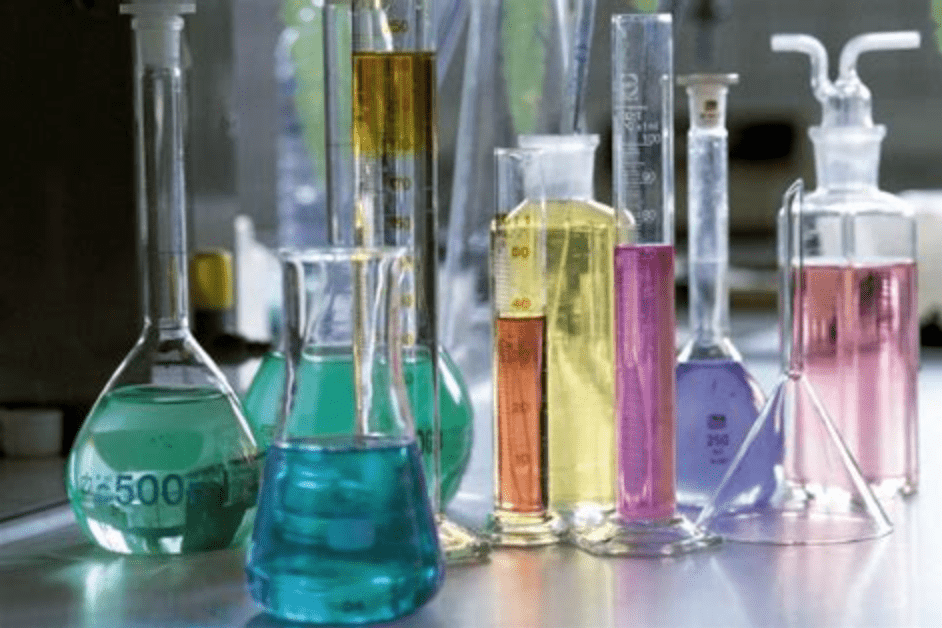
Three critical articles crossed my desk this week and I made a synapse connection. ZAP! It doesn’t take a genius to see that gender identity confusion and chemical exposure are two growing issues for our society today. Are these two issues interrelated? I know that industrial chemicals disrupt our digestion, our nutrition, emotional state, microbiome, and ALL body functions. It’s more than the new pharma gender benders.
Could growing gender fluidity related to chemical exposure from herbicides and pesticides? Further research is urgently needed. This is just a hunch, not my area of expertise. Here in Bali I try to avoid all chemical exposure, though it’s utterly impossible. There’s a lot to the subject, so I’ll let you be the judge. More links at the bottom for further study.
Herbicides and Rampant Gender Dysphoria
Atrazine is applied to corn, soybean and sugarcane as well as on golf courses and residential lawns. Atrazine is an endocrine disrupter, which is able both demasculinize (chemically castrate) and completely feminize adult male frogs as well as other aquatic life. …
Effects on Puberty of Nutrition-Mediated Endocrine Disruptors Employed in Agriculture
“Pesticide residues are largely found in daily consumed food because of their extensive use in farming and their long half-life, which prolongs their presence in the environment. Many of these pesticides act as endocrine-disrupting chemicals after pre- or postnatal exposure, significantly affecting, among other things, the time of puberty onset, progression, and completion. In humans, precocious or delayed puberty, and early or delayed sexual maturation, may entail several negative long-term health implications.”
Transgenerational Effects of Endocrine-Disrupting Chemicals on Male and Female Reproduction
“Endocrine-disrupting chemicals are known to interfere with normal reproductive function and hormone signaling. Phthalates, bisphenol A, pesticides, and environmental contaminants such as polychlorinated biphenyls and dioxins are known endocrine-disrupting chemicals that have been shown to negatively affect both male and female reproduction. Exposure to these chemicals occurs on a daily basis owing to these compounds being found in plastics, personal care products, and pesticides. Recently, studies have shown that these chemicals may cause transgenerational effects on reproduction in both males and females. This is of concern because exposure to these chemicals prenatally or during adult life can negatively impact the reproductive health of future generations. This mini-review summarizes the endocrine-disrupting chemicals that humans are exposed to on a daily basis and what is known about the transgenerational effects that these chemicals may have on male and female reproduction.”
From Psychology Today: Gender Fluidity and Hormone Disruptors
“Recent evidence indicates that chemical such as endocrine disruptors, and thalates from (PCBs) are one of many factors predicting gender anxiety and transgenders. The disturbing conclusion they came to, published in the international journal of Gynecology and Obstetrics, is that increasingly babies are being born pre-polluted, and exposure to chemical compounds while still in the womb are causing sexual developmental issues. The prime culprits are a group of chemicals that interfere with the endocrine (or hormone) system in mammals. Even at low doses, the chemicals have been shown to caste a monkey wrench into the complex developmental pathways taking place in a fetus.”
PROPAGANDA, POLLUTION AND GENDER DYSPHORIA
by Diane Robertson, UnitedFamilies.org
https://www.unitedfamilies.org/diane-robertson/propaganda-pollution-gender-dysphoria/
One does not have to look very far to realize that there has been a global increase in gender dysphoria in children. In recent years, parents have been caught publicly parading their child’s “transformation” from one gender to another. Last year, the UK published statistics that noted a more than ten-fold increase in children being referred for treatment for gender identity issues. This month, the National Geographic high-lighted the story of a 9-year boy who has been living as a girl.
Undoubtedly, there are many causes for the increase. It’s been a generation or two since parents believed they could teach their girls to be girls and their boys to be boys. Today, pediatricians and parents are taught to be hypersensitive about toddlers’ changing ideas on gender. Schools across the western world are teaching children that gender is a choice. Universities and colleges have asked students to choose a pronoun to match their identity. Some cities are punishing people who refuse to participate in this gender confusion mania. With this normalization and glorification of gender dysphoria, there is no wonder children are confused. But has anyone asked about environmental factors?

Chemicals from plastics, household products, pesticides, herbicides and birth control abound in the environment. All of them are known endocrine disruptors.
The endocrine system in humans and animals consists of hormones and glands that regulate every bodily function. It plays a role in all phases of development, metabolism, and behavior.
Plastics decompose and contaminate soil and water. Birth control contaminates water supplies. Pesticides are regularly sprayed in and around homes, businesses, and schools. Pesticides and herbicides are sprayed on every commercial crop. All of them contaminate food, water, and soil.
Researchers from the University of London found that thirty out of 37 widely used pesticides tested blocked or mimicked male hormones.
Other hormone disruptors known as Phthalates are found in vinyl flooring, detergents, automotive plastics, soaps and shampoos, deodorants, perfumes, hair sprays, plastic bags and food packaging and more.
This means that everything from our water to our pharmaceuticals to our soaps to soil in which we grow our food have chemicals that cause hormone disruption.
The contamination is so bad that a US Geographical survey of fish in several rivers in the North East found the majority of male smallmouth bass and about half of male largemouth bass have been found to have eggs where their testes should be. Similar results have been found in other species of fish around the world.
It’s not surprising that the same chemicals that are causing intersex fish could cause problems in humans and other animals.
While there is a barrage of gender bender media, education, and government regulation that has an immense influence on young children and their parents, there is also a chemical influence that is undoubtedly part of the cause of the increase in children with gender dysphoria.
Given the high suicide rate associated with gender identity disorders, as well as the modern practice of body mutation and a lifetime of synthetic hormones (one of the causes of the intersex fish) wise parents will shield their children from the propaganda, glorification, normalization, and chemicals that have an influence on how their children perceive their gender.

“Endocrine disrupting chemicals (EDCs) and potential EDCs are mostly man-made found in various materials. By interfering with the body’s endocrine system, endocrine disruptors produce adverse developmental, reproductive, neurological, and immune effects in humans, abnormal growth patterns and neurodevelopmental delays in children. Thus, diethylstilbestrol (DES) a non-steroidal estrogen, which is regarded as a proof of concept, induces clear cell carcinoma among young women. EDCS may be found in plastic bottles and metal food cans (BPA), medical devices (phthalates), detergents, flame retardants (polybrominated diphenyl ethers), food (BPA), toys (phthalates), cosmetics and drugs (parabens), and pesticides (alkyl phenols such as nonylphenol). The deleterious effects of endocrine disruptors constitute a real public health issue. However concerning the mechanisms of action of EDCs, many questions remain unanswered and need further investigations.” 2017, https://www.sciencedirect.com/science/article/pii/S1631069117301257
For Further Reading
https://www.theburningplatform.com/2018/02/07/the-real-purpose-of-chemtrails/
https://www.sciencedirect.com/science/article/pii/S1631069117301257
https://www.unitedfamilies.org/diane-robertson/propaganda-pollution-gender-dysphoria/
http://www.environmentalhealthnews.org/ehs/news/pesticides-block-male-hormones
https://www.scientificamerican.com/article/pesticides-may-block-male-hormones/
https://www.nrdc.org/stories/9-ways-avoid-hormone-disrupting-chemicals
http://www.mercola.com/testosterone.aspx
http://chicagotonight.wttw.com/2016/07/15/study-male-fish-growing-female-eggs-chicago-area-river
http://www.naturalnews.com/052832_atrazine_endocrine-disrupting_chemicals_sex_changes.html
http://www.naturalnews.com/054935_pesticides_environment_health.html
https://www.psychologytoday.com/us/blog/the-human-beast/201911/gender-fluidity-and-hormone-disruptors
http://www.healthyhouseinstitute.com/a-1056-Are-EDCs-Blurring-Issues-of-Gender—–
https://ehp.niehs.nih.gov/doi/10.1289/ehp.113-a670
https://www.herplace.com/hormone-info/gender-benders.htm
https://www.oatext.com/impact-of-endocrine-disruptors-on-sexuality-a-pediatric-aspect.php


